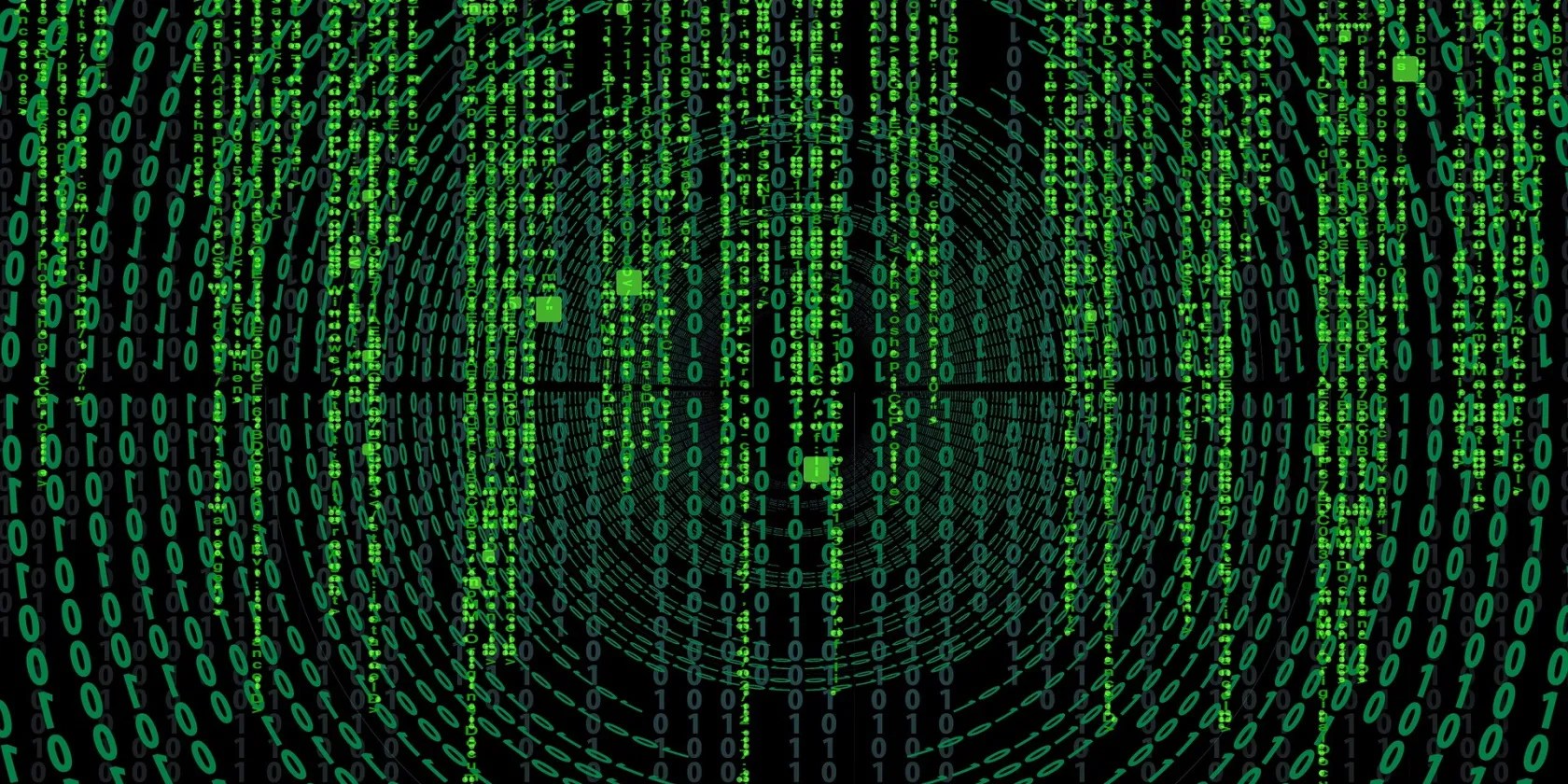256-Bit AES vs. XChaCha20: Which Is More Secure?
Encryption plays a critical role in keeping sensitive data sent online and stored in computer systems from being stolen, sabotaged, or otherwise compromised. In short, it’s a method of masking information by making it unreadable to those who don’t have a special decryption key—and if you’re using any service that utilizes an encryption algorithm, you should be the only one with the key.
Sign up forfree
Forgot your password?
Create an account
*Required: 8 chars, 1 capital letter, 1 number
By continuing, you agree to thePrivacy PolicyandTerms of Use.You also agree to receive our newsletters, you may opt-out any time.
What Is 256-bit AES?
The Advanced Encryption Standard (AES) is a symmetric-key algorithm the US government picked out to protect its top-secret information. AES utilizes a block cipher to encrypt data—it turns soon-to-be-encrypted data into blocks and then encrypts them in batches.
While all three types of AES (128-, 192-, and 256-bit) use the same 128-bit blocks, the length of the key they use varies. As its name suggests,256-bit AES encryptionuses the 256-bit key length to encrypt (and later decrypt) a data block. Then, each block will go through 14 rounds of encryption before it can be securely shared over the internet. This makes 256-bit AES the strongest out of the three types of AES and immune to even the most intense brute-force attacks.
![]()
Since 256-bit AES is a symmetric encryption, it uses only one key for encrypting and decrypting. For instance, if you’re usingsecure collaboration toolsto share a sensitive document with someone, you’ll require the same key to decrypt the data and make it readable.
Even if you fall victim toa Man-in-the-Middle (MITM) attackand cybercriminals get their hands on your sensitive data, they won’t be able to use it in its encrypted form.

What Is XChaCha20 Encryption?
Unlike 256-bit AES,the XChaCha20 algorithmis a stream cipher encryption type, which means it encrypts each bit of data separately instead of dividing data into blocks. Like its competitor, it’s symmetric—meaning it uses a single key to cipher and decipher data—but there is also an asymmetric version of it.
Since XChaCha20 skips the block dividing business, it makes the whole process simpler and faster than 256-bit AES. Also, XChaCha20’s secret key is 256-bits long, so there’s no chance you’ll end up with a less secure version of it.

While it doesn’t enjoy the same popularity as 256-bit AES, XChaCha20 is steadily climbing the charts as companies such as Google, Cloudflare, and Nord Security are embracing it.NordPasseven goes so far as to call XChaCha20 “the future of encryption”, predicting that more and more mobile platforms will be moving to it soon.
This is no surprise since encryption technology has become an essential part of the modern world, giving you aneasy way to encrypt your daily life.

What’s the Difference Between 256-bit AES and XChaCha20 Encryption?
256-Bit AES is a block cipher while XChaCha20 is a stream cipher, which is the primary difference between the two from which all other differences derive.
256-Bit AES or XChaCha20: Which Is More Secure?
Although 256-bit AES and XChaCha20 have their own advantages and disadvantages, both can significantly boost your security and protect your digital privacy. While complexity makes 256-bit AES strong, XChaCha20 encryption is actually strengthened by its inherent simplicity.
In the end, 256-bit AES is still an industry standard. However, XChaCha20 is swiftly catching up with it in this race, boasting speed, simplicity, and eagerness to take future cybersecurity challenges head on.
How should you protect your personal information?
Freeing up vital memory on Windows only takes a moment, and your computer will feel much faster once you’re done.
I gripped my chair the entire time—and then kept thinking about it when the screen turned off.
Don’t let someone else take over your phone number.
One casual AI chat exposed how vulnerable I was.
Now, I actually finish the books I start.